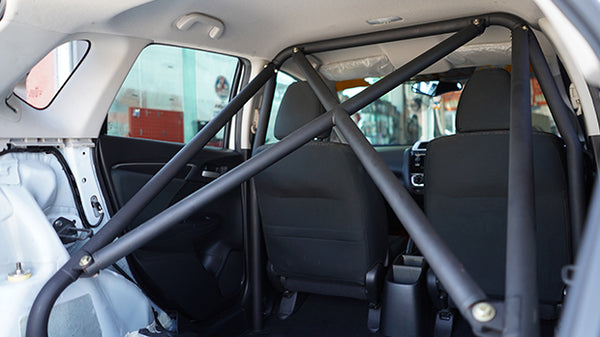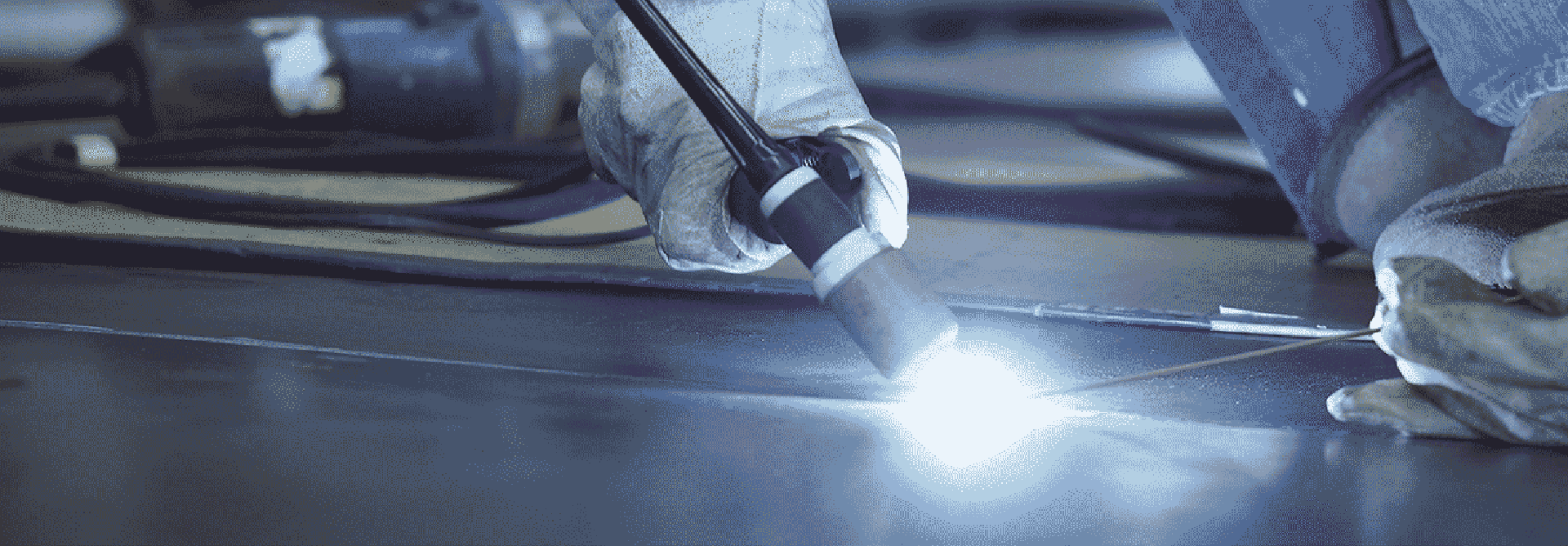As Father Winter gets beat back into that frozen wasteland he calls Northern Canada, we can all turn towards happier thoughts of car shows and 33” off-roading tires. With the warm weather comes the need for bigger and badder modifications. One of the most critical (yet overlooked) augmentations needed for a range of vehicles, from jeeps to side-by-sides to drag racers, is the roll cage.
In many ways, roll cages are like condoms: No one really wants one, but you’ll be glad you had it when the time comes. Of course, you can’t just weld random pipes throughout your vehicle and expect it to withstand an accident. Here’s a guide to help you get started on planning out your roll cage.
Materials:
First, consider what materials to use. For racing vehicles, weight is generally an issue. Chromoly is your best choice because of how much lighter it is compared to steel without sacrificing strength.
However, when weight is less of a concern than money, mild steel is the material of choice based on costs. Most welders are also much more familiar with mild steel. The thickness of your material contributes to strength, but also adds weight. At the end of the day, you don’t want your gas mileage to drop through the floor for a roll cage. Ultimately there’s no-one-size-fits-all solution for thickness and type of material your particular vehicle requires.
Process:
Your process of choice will also go hand-in-hand with your material. Some racing leagues require all Chromoly to be TIG welded. Even without regulations, TIG offers significant benefits when working with lightweight materials. For instance, TIG can be done with less heat, which significantly helps with warpage and other problems.

On the other hand, MIG is by no means a bad choice for most roll cages, especially mild steel ones. Roll cages are a lot of work. The speed of a MIG welder means you’ll be able to use your vehicle this year rather than next. Welding pipe can be a new experience. Finding the right method often causes serious issues at first. Because of the angle, welding pipe generally requires you to stop and change your position. A cool new feature of the ESAB’s Rebel series is their sMIG technology which monitors your arc and adjusts its setting to match your welding
While stick welding generally isn’t the first option for roll cages, there are some experts out there who can do just about anything. That being said, the skill level required to stick a roll cage is often why MIG is a more favorable choice.
Design:
The actual design of your roll cage will be based on your vehicle and the intended use. Racing cars generally have a roll cage or roll bar inside the vehicle. Since weight is an issue, the main purpose of the roll cage is to simply protect the driver.
With an off-roading vehicle, roll cages can be a little more excessive. While the main purpose is to still protect the driver, roll cages also add a lot of structural and torsional strength to your vehicle.
When planning out your roll cage, it’s important where force will be applied. For instance, examine the image below. A single bar can be set up to withstand force from a specific angle. But if force is applied at a less favorable direction, the bar’s ability to withstand the force is drastically diminished.

Because of this, roll cages often use triangulation (see example below). By adding another bar as support for the first, the roll cage does a much better job of standing up to force applied from multiple angles. Since crashes often involve rolling and flipping (if you’re really unlucky), roll cages usually need to be designed to withstand force from several directions.

Important Points:
Unlike most weld jobs, roll cages aren’t tested over time. You won’t know how your work will hold up until you’re either safe or in a body cast. Because of this, it’s important that you’re confident in every bead you lay. You’ll also need to make sure your pipe fittings are snug and your cage is properly mounted.
Welders often overlook how snug their pipes fit together at the joints. You want your edges right up against one another. The more gaps, the more problems that can occur.
Another key issue is how you mount your roll cage to your vehicle. Welding it directly to the frame is a good method to make sure it doesn’t go soaring if things get hairy. If you can’t mount it to the frame, the next best option is large foot plates. Keep in mind, they need to be strong enough and large enough to prevent the pipes of your roll cage from simply punching through the floor of your vehicle.
More and more automotive welders are preferring multi-process machines for projects like roll cages. At home, you’ve got a great MIG and TIG welder to fabricate just about anything you can think of. When you’re ready to hit the road, throw your multi-process machine in the back with a few electrodes. You’ve got a reliable stick welder for any quick fixes you might need. Both the Miller Multimatic 220 and ESAB Rebel 205ic can AC and DC TIG weld, meaning these multi-process machines can even TIG aluminum







